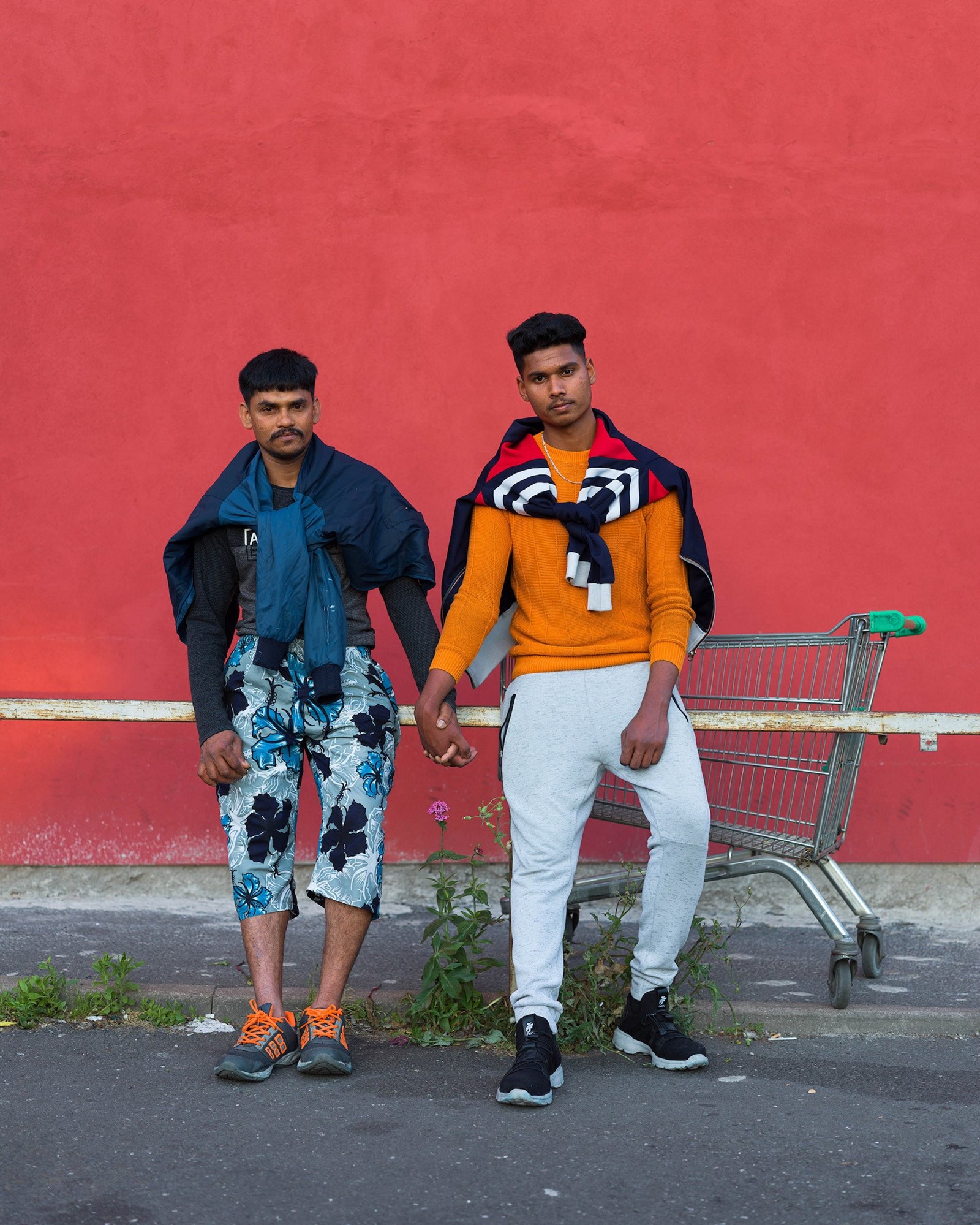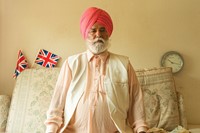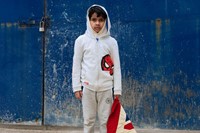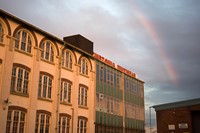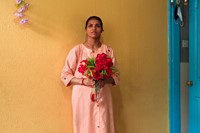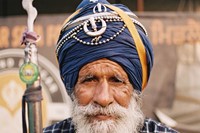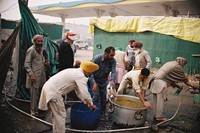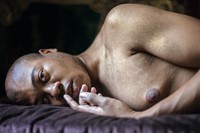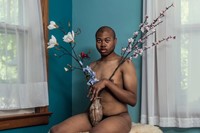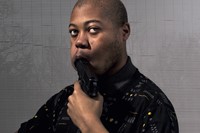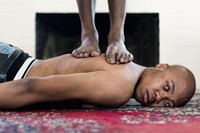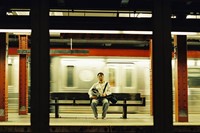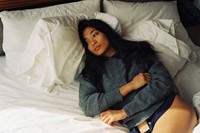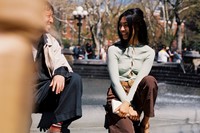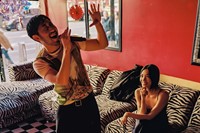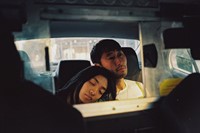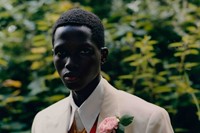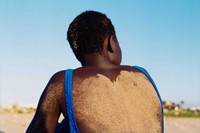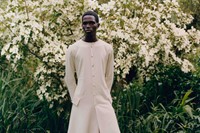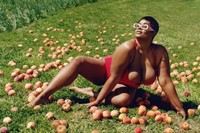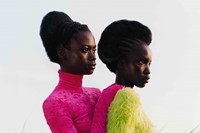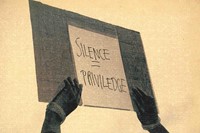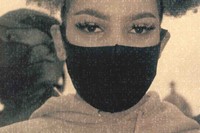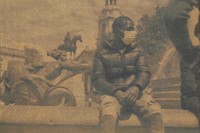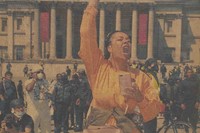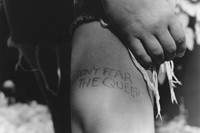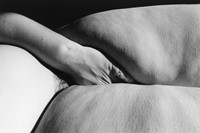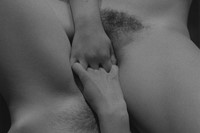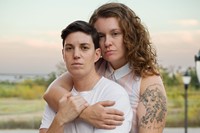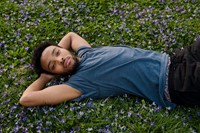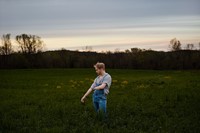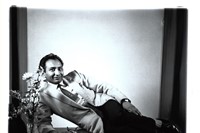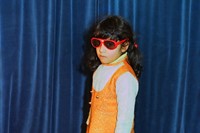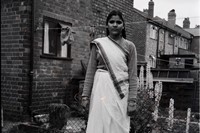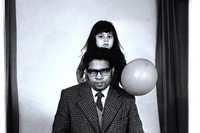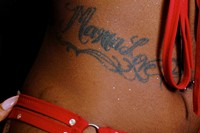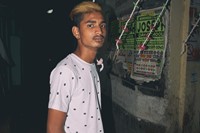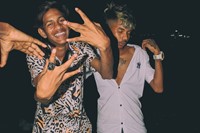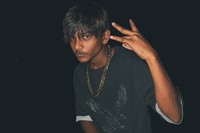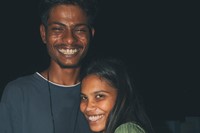When London gallery Autograph – The Association of Black Photographers – was established in Brixton in 1988, it sought to centre the work of Black and Asian photographers, “sharing how photographs reflect lived experiences and shape our understanding of ourselves and others.” By championing explorations of identity and social justice, it has subsequently cultivated a rich community of photographers, that over the years has included Sunil Gupta and Zanele Muholi.
Through the internet, the landscape for socially engaged photographers has expanded even further, as the pandemic demonstrated: journalist Ciaran Thapar first met Hark1karan in 2020 after he ordered the photographer’s debut monograph, PIND: Portrait of a Village in Rural Punjab, via Instagram. Hand delivered by Hark1karan, the book initiated a connection that led to an extensive collaboration foregrounding Punjabi subcultures in south London; for AnOther, they had a conversation about Hark1karan’s second book, Kisaan.
In Liz Johnson Artur’s Time Don’t Run Here, the Ghanaian-Russian photographer finds solidarity in protest, documenting the Black Lives Matter marches that erupted in 2020, while for Lithuanian photographer Janina Sabaliauskaite, it was a new relationship in a new country that introduced her to the queer community at the centre of Sending Love. With Look at me like you love me, Jess T Dugan confronts with a tender portrait series on how our relationships shape who we are. As they tell AnOther, “We all seek a reflection of our own identity through the eyes of another person.”
This Golden Mile by Kavi Pujara (lead image)
Leicester’s Golden Mile, which stretches along Melton Road before turning into Belgrave Road, has been home to a diverse, largely South Asian population for as long as Kavi Pujara can remember. When he returned to the area – a place of memories good and bad – after 18 years in London, he decided to embark on a photographic project as a way of recovering a previous identity. What he ultimately unpacked was a series of new relationships and an appreciation for the city’s migration waves, which he documented in the Setanta-published, This Golden Mile. “I was [originally] trying to create opportunities to make photographs,” he told AnOther in August, “but the real gold were these connections.”
Read AnOther’s interview with Kavi Pujara here.
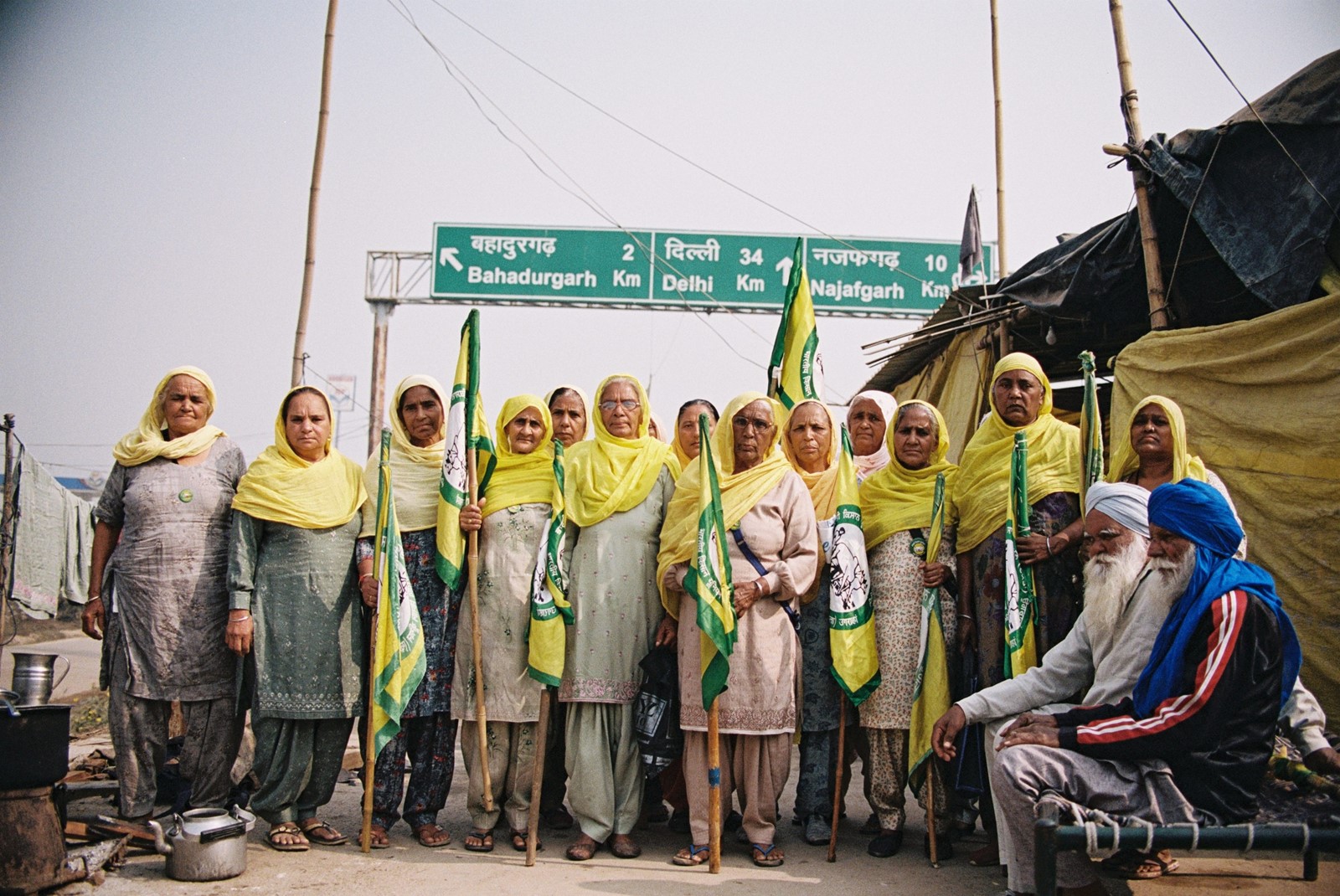
Kisaan by Hark1karan
For 70 per cent of India’s rural population, agricultural labour forms the core of their livelihood, so when the government introduced a trio of contentious new bills in June 2020, there was considerable distress; by August, one of the largest protests in human history was underway. Two weeks prior to Narendra Modi reversing the bills in 2021, Croydon-born Hark1karan – a Sikh photographer with family in Punjab – flew into Delhi, though he wasn’t there to shoot the protest. “It was crazy … seeing it not just from a distance, made me realise that this is impressive, this is history,” he says, recalling the scenes that made him change his mind. “I had some rolls of film … so I saw it as a duty.” His second monograph Kisaan is a rich photographic survey documenting everything from the langar (Sikh communal kitchens) to morning routines of the protestors.
Read AnOther’s interview with Hark1karan here.
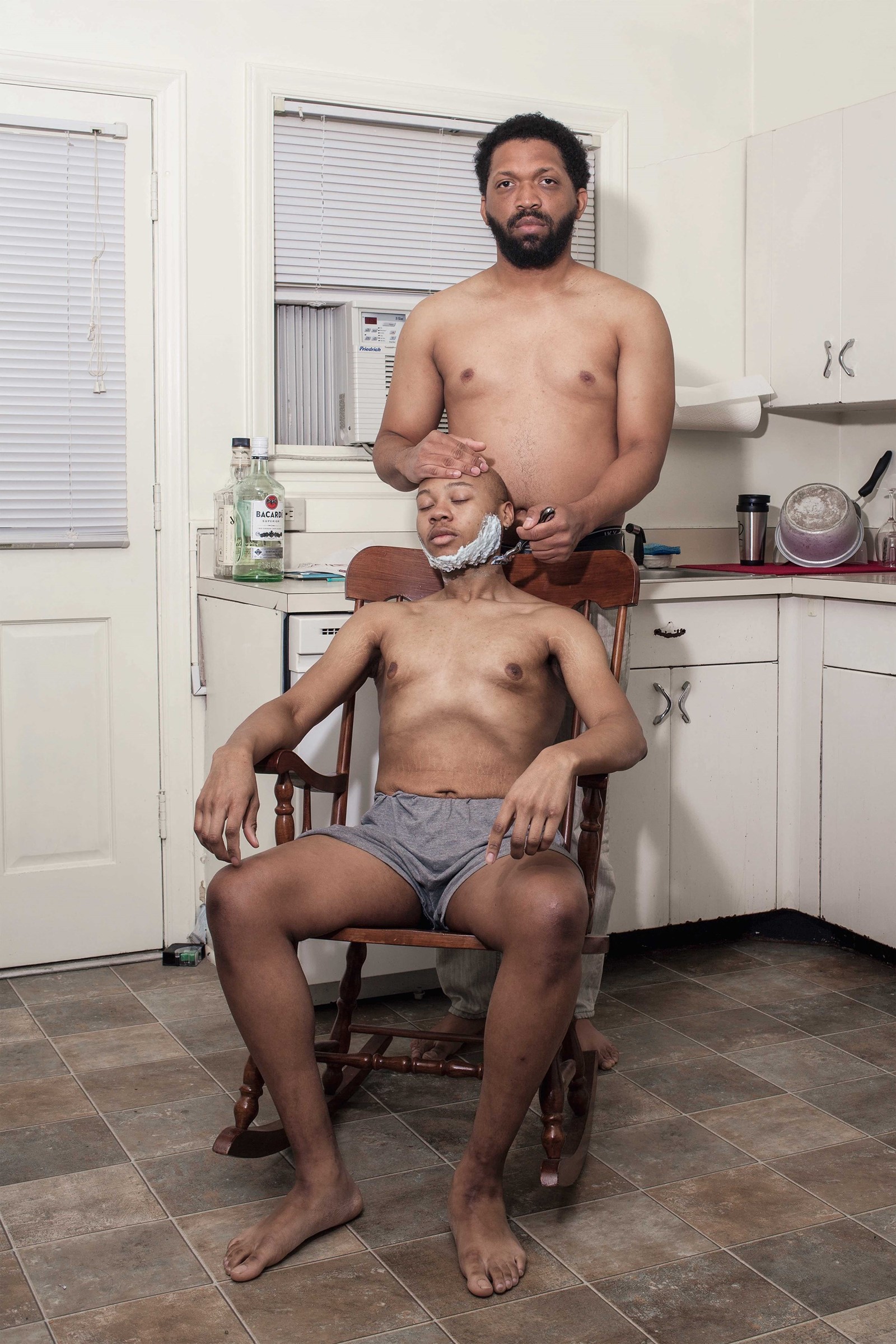
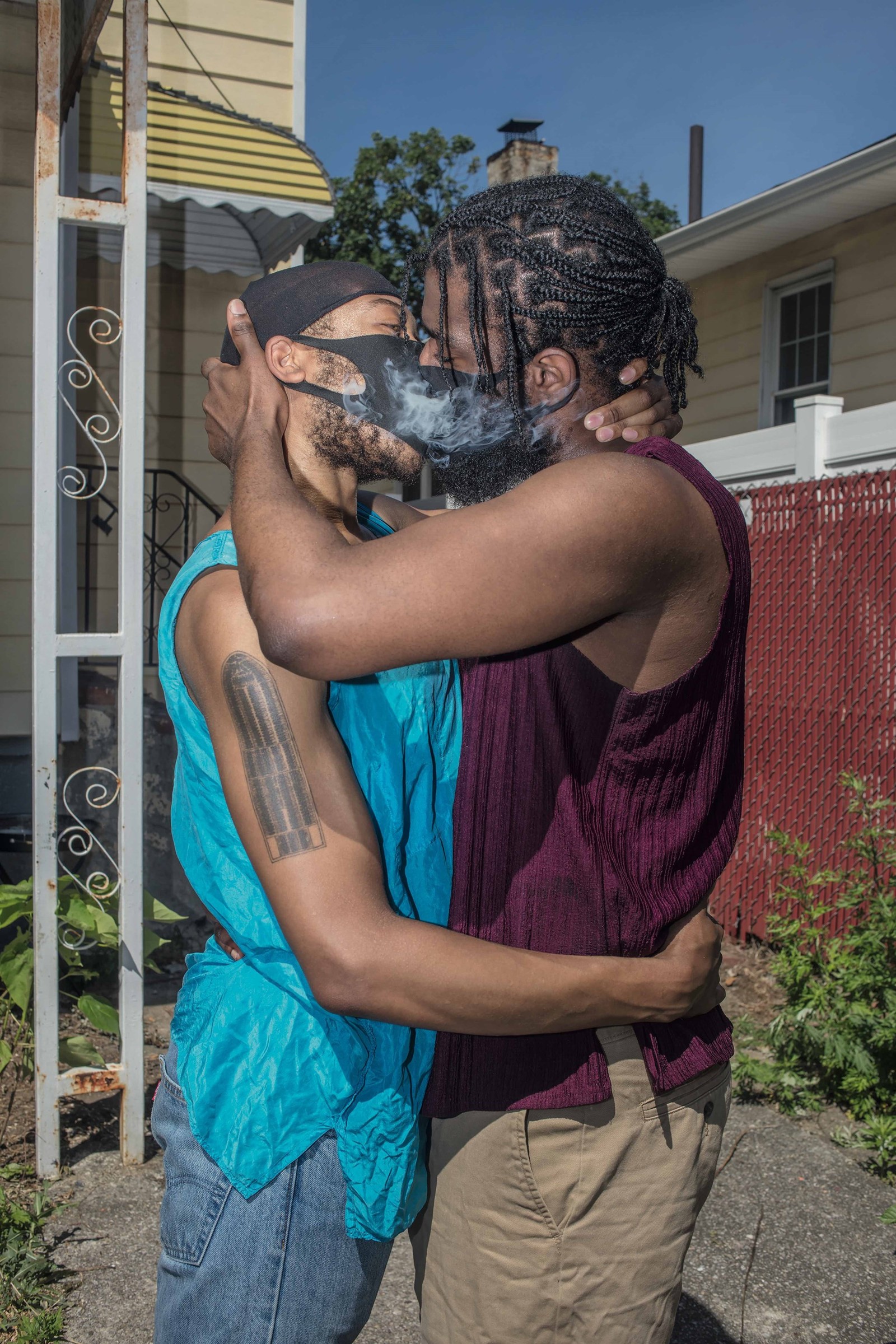
Contact High by D’angelo Lovell Williams
Contact High, published this summer by Mack, is an intimate monograph comprised of self-portraits and powerful pictures of lovers, family and friends, and is D’angelo Lovell Williams’ first photobook. Originally composed as part of a collaboration between Williams and Higher Pictures Generation, the images were mostly shot across Virginia, Mississippi, New York, Wisconsin and Maine, largely while the photographer was studying. “[The work] really started with my body because I hadn’t really seen it be uplifted,” says Williams, while the title appeals on several levels, from the elation of physical touch to “being able to contact ancestors through gut feeling, through trusting your intuition. Contact through spirituality, through the self and through others.”
Read AnOther’s interview with D’angelo Lovell Williams here.
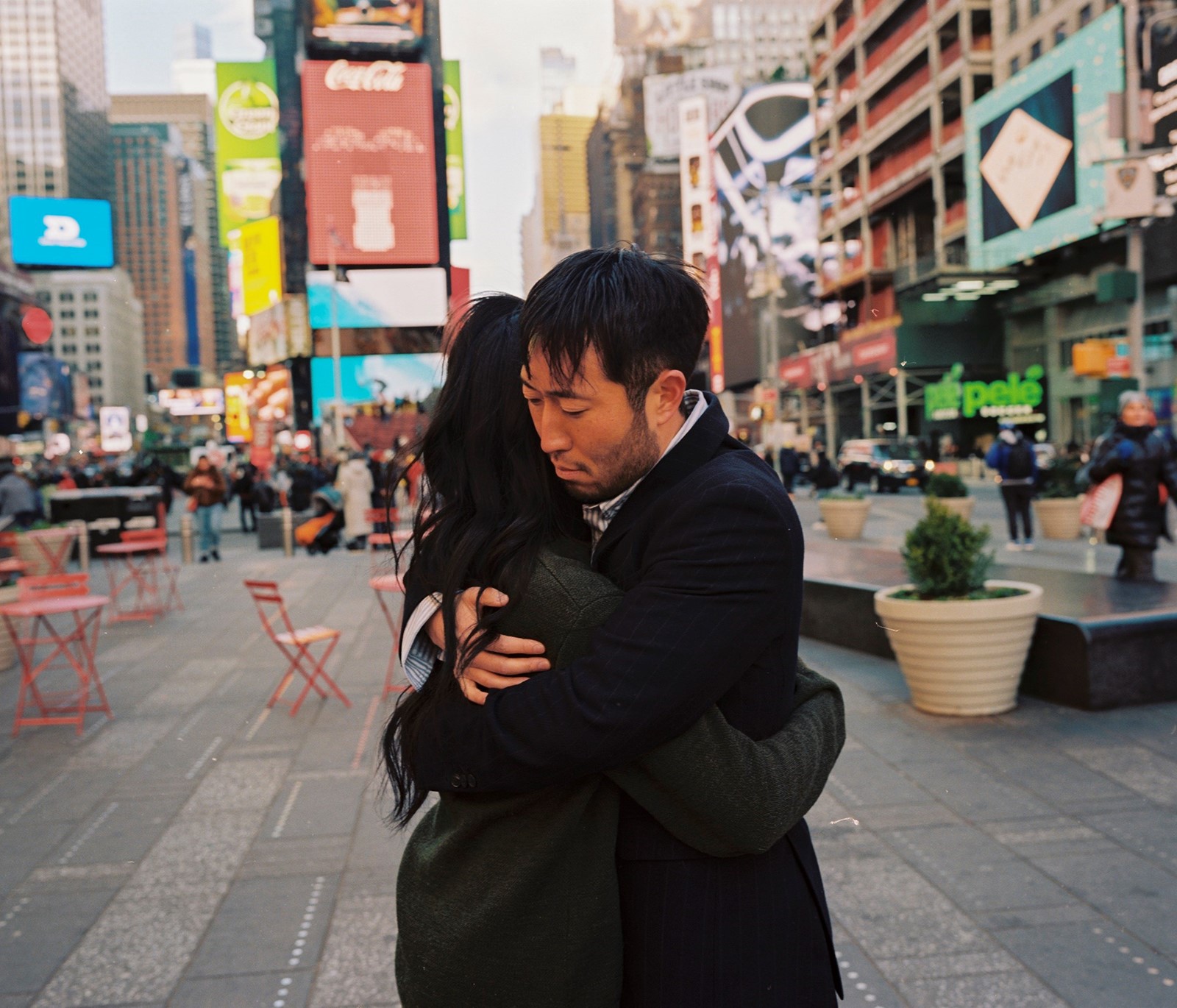
High and Dry by Gabriel Chiu
“It’s the modern love story: two immigrants, specifically Asians, who’ve come to America and find each other,” says Gabriel Chiu, reflecting on his photo series High and Dry. “They’re dealing with American culture and values and trying to transition; they don’t know the language, they left everything behind to start a new life, and they’re just trying to figure it out.” While loosely inspired by a sense of disorientation and unfamiliarity informed by Sofia Coppola’s Lost in Translation, Chiu’s own parents, who immigrated from Hong Kong individually before meeting in Boston – where Chiu was raised – were similarly influential in the project’s genesis.
Read AnOther’s interview with Gabriel Chiu here.
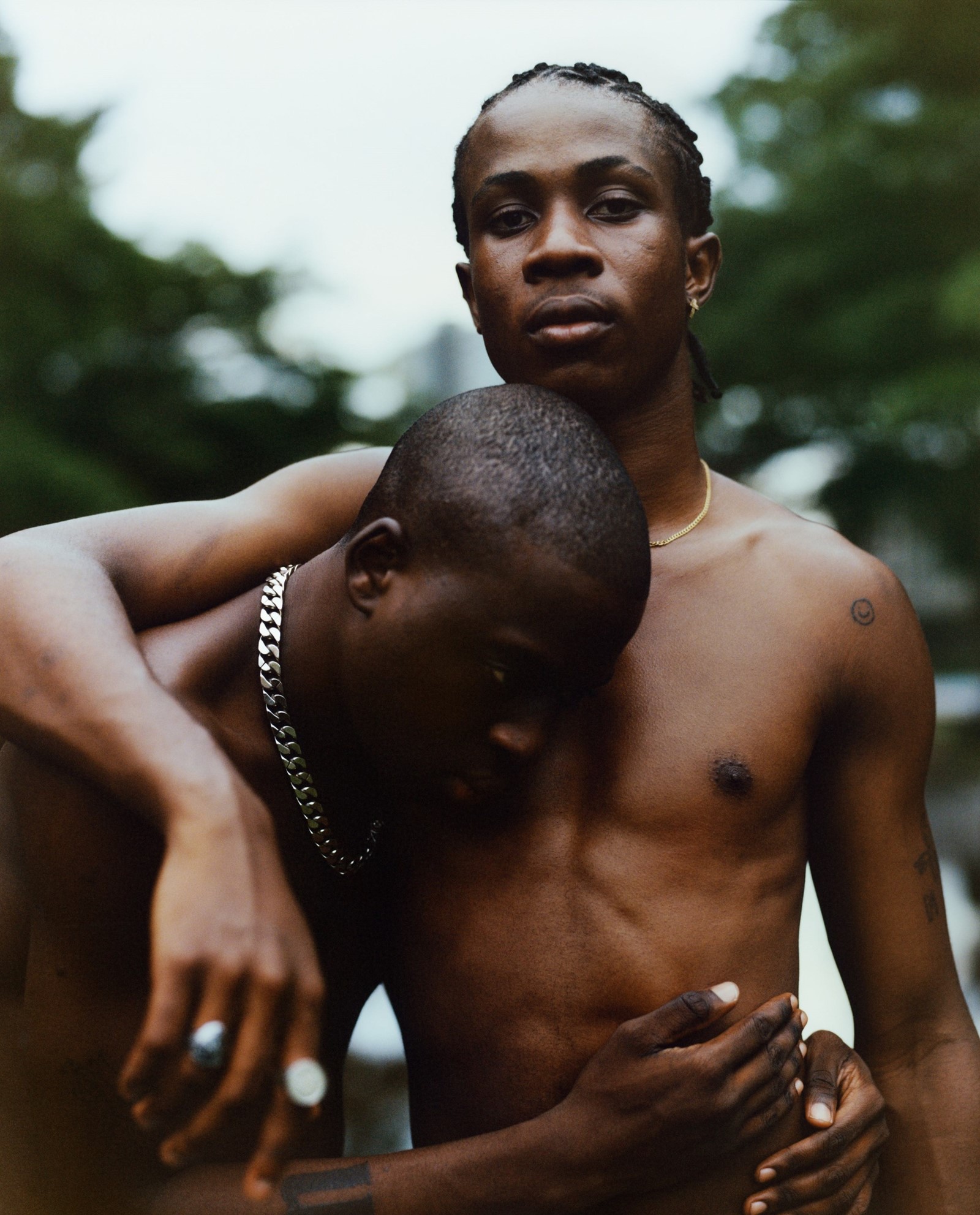
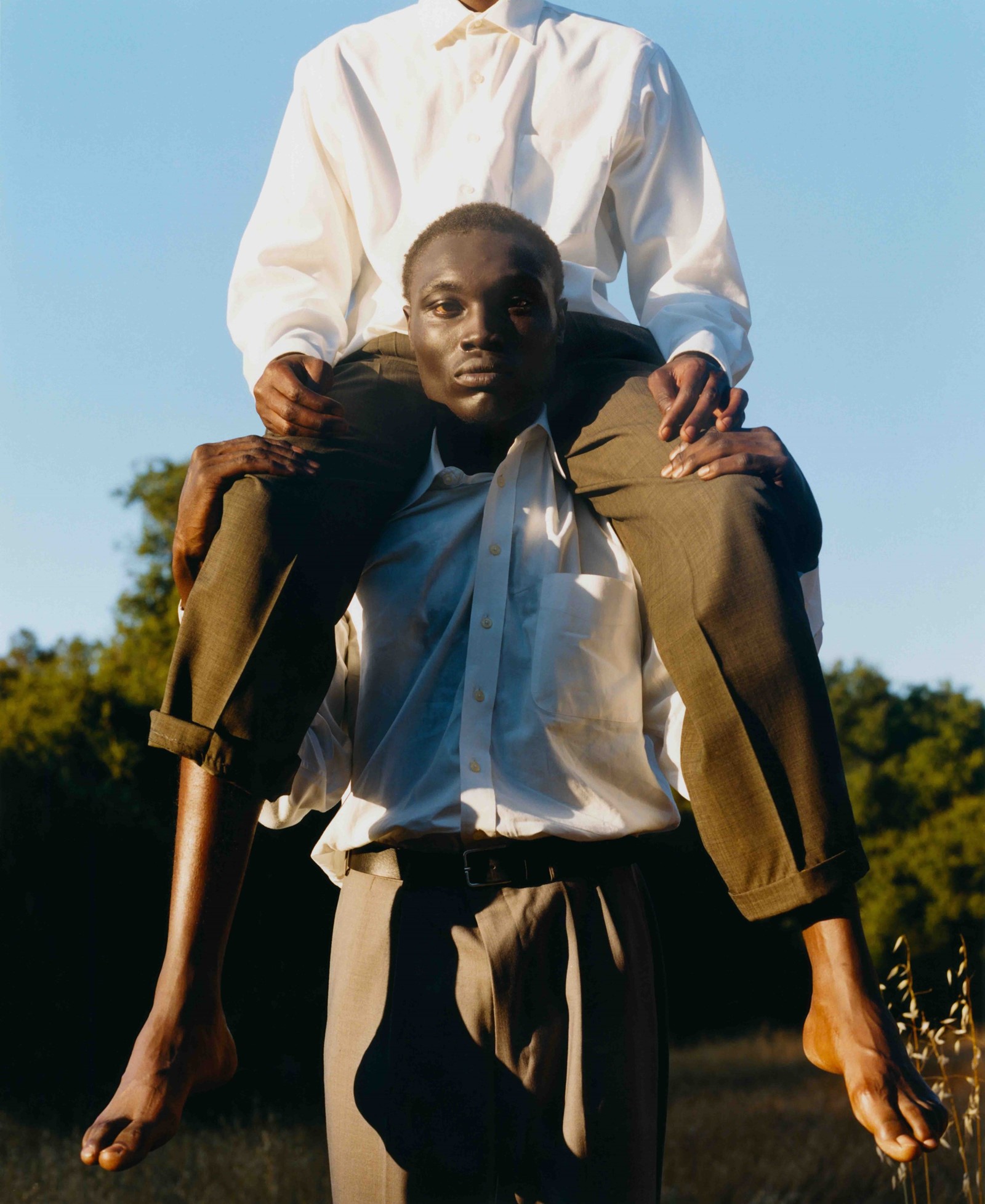
Cultural Turns by Tyler Mitchell
2022 was a mammoth year for Tyler Mitchell: in the autumn he celebrated his London solo debut with Gagosian show Chrysalis, exhibited further new works at Frieze, and curated a Friday Late event for The V&A. Before taking over the city, in May he worked with curator Mark Sealy on Cultural Turns, staged at three venues across Toronto. “We’ve been talking about representational politics and the Black body for a very, very long time. Centuries. It comes in and out of being ‘en vogue’ and the term ‘cultural turns’ was to help people reference this idea that we’re not new to this conversation,” says the curator, alluding to the show’s sharp moniker. Building on Mitchell’s distinguished photographic catalogue of Black people at leisure in green spaces, here his subjects lounge by the river, blow bubblegum and hang out beachside.
Read AnOther’s interview with curator Mark Sealy here.
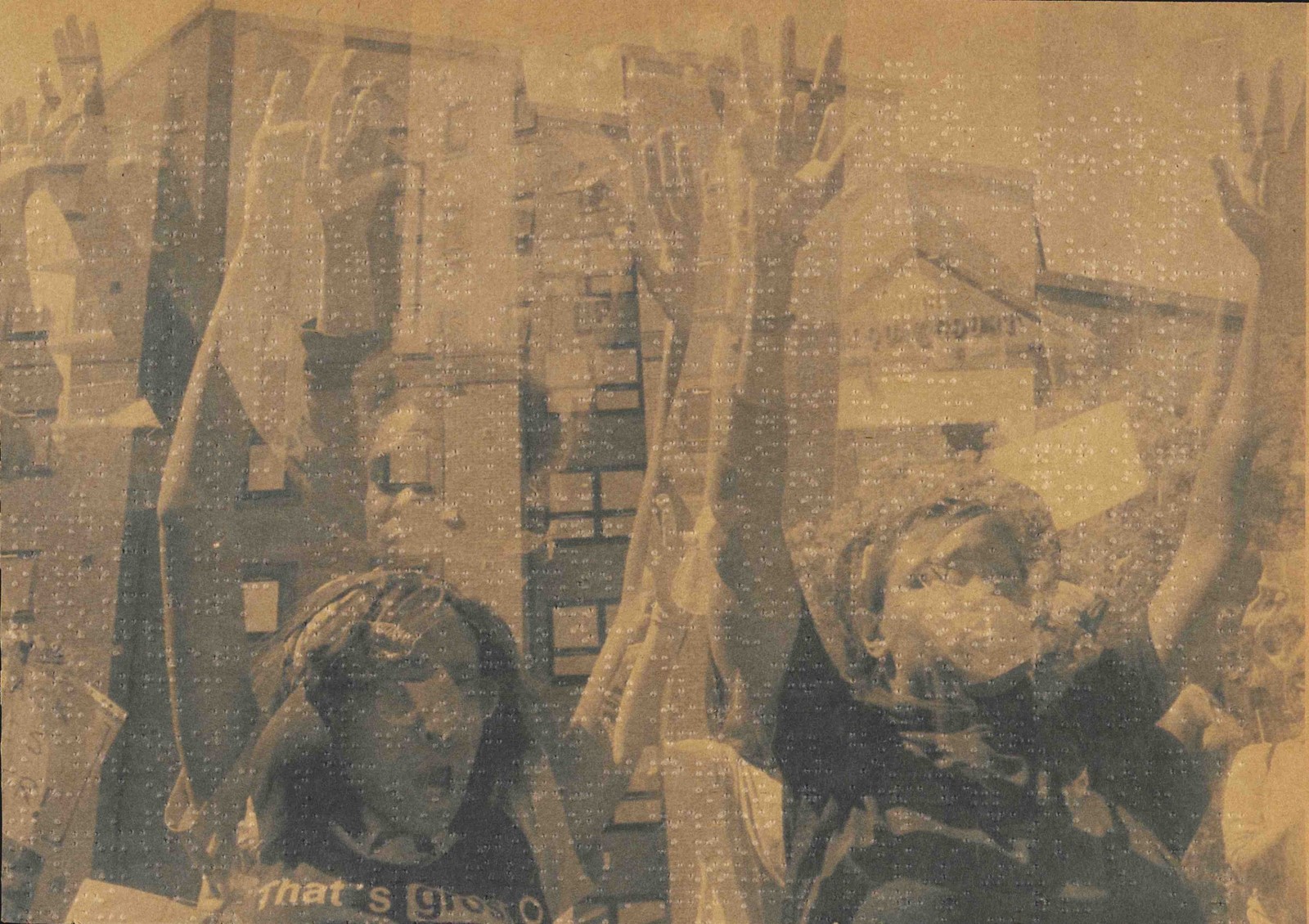
Time Don’t Run Here by Liz Johnson Artur
Community and an exploration of identity are inherent to the work of Liz Johnson Artur, whose pictures of queer parties and religious celebrations have been exhibited at Camberwell’s South London Gallery and in New York’s Brooklyn Museum. “From the moment I started taking photographs I decided I would take my camera wherever I wanted, to go and see and feel the people,” explains Artur. “I wanted to discover Black communities. There was a drive to take pictures because [they] gave me experiences I wanted.” Published as part of The Tate Photography Series, Time Don’t Run Here showcases a series of pictures made at the Black Lives Matter protests that arose after George Floyd’s death in the spring of 2020. Typical of the photographer’s commitment to preservation, the images offer a striking record of a significant moment.
Read AnOther’s interview with Liz Johnson Artur here.
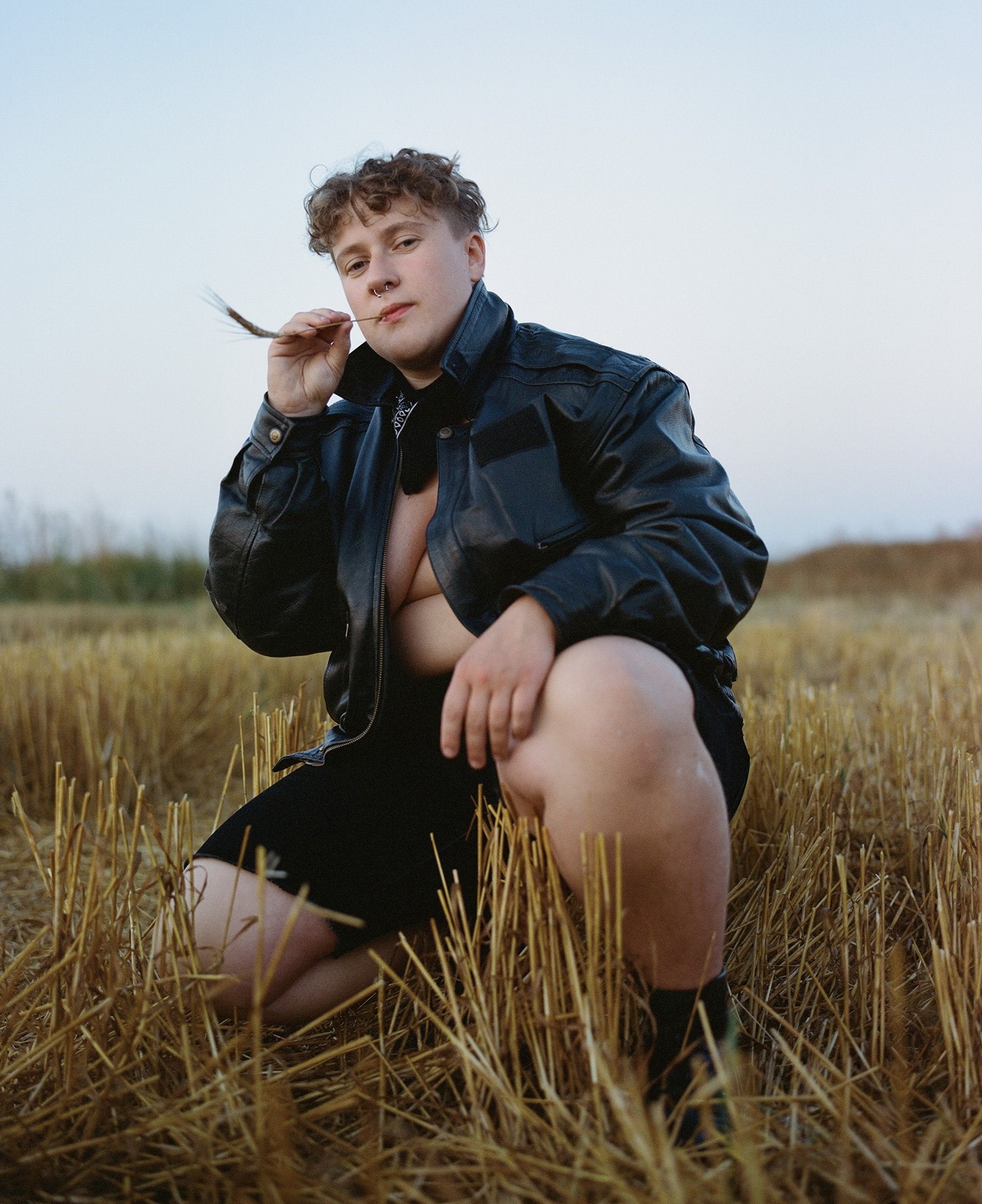
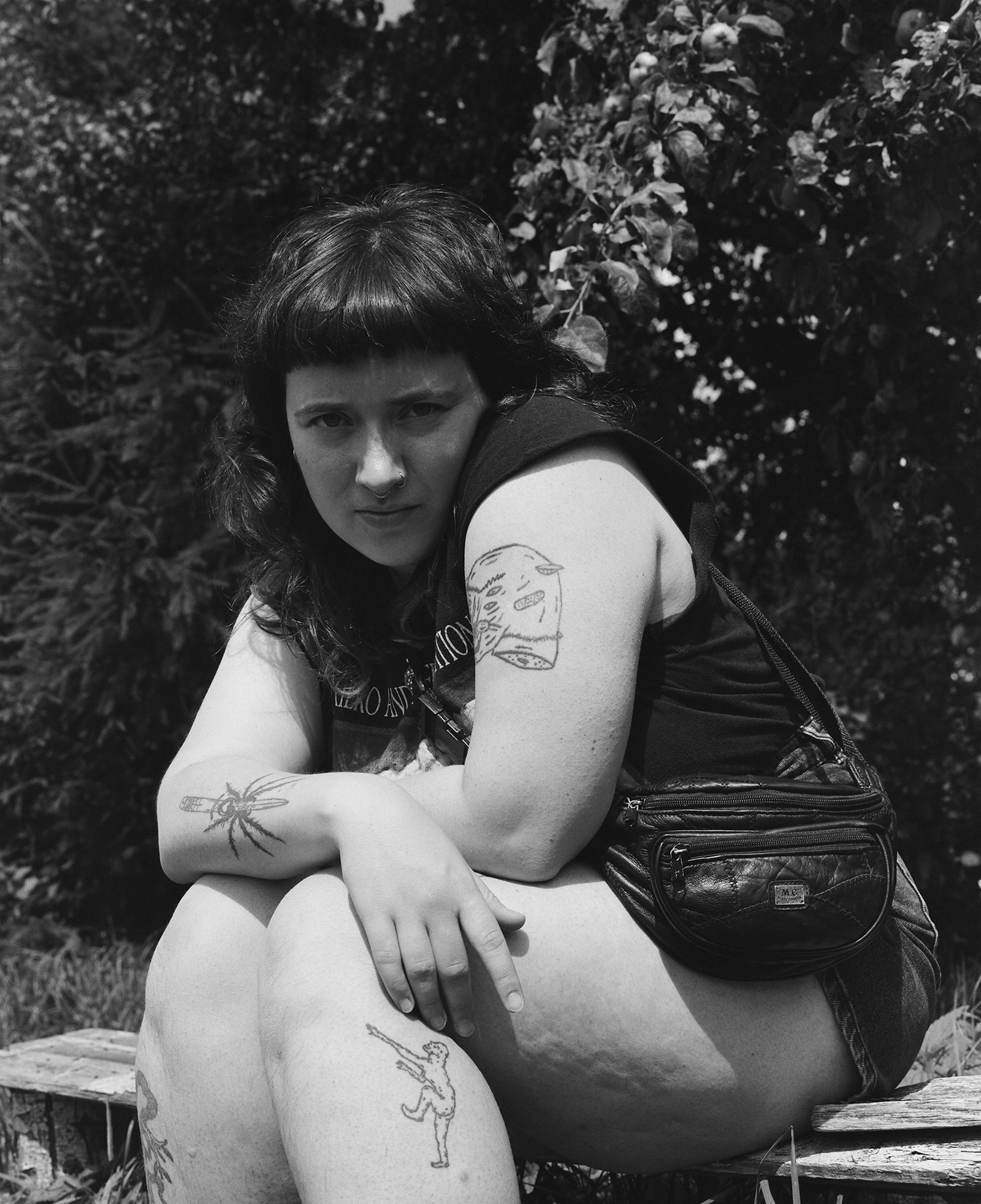
Sending Love by Janina Sabaliauskaite
Moving to Newcastle from her native Lithuania at the start of the last decade, photographer Janina Sabaliauskaite arrived at her current practice in tandem with a new love, and her subsequent discovery of the work of Phyllis Christopher, the photographer and former photo editor of lesbian magazine On Our Backs. Sending Love – which opened at the Northern Gallery of Contemporary Art earlier this year – is an ongoing series of portraits made in collaboration with queer communities between Europe and the UK. “Being an immigrant and living in the UK, I’m exposed to other problems. My work is about how I can make queer voices heard that are from where I am from,” she explains. “There’s a lot of talk about the UK, but let’s listen to what else is happening.”
Read AnOther’s interview with Janina Sabaliauskaite here.
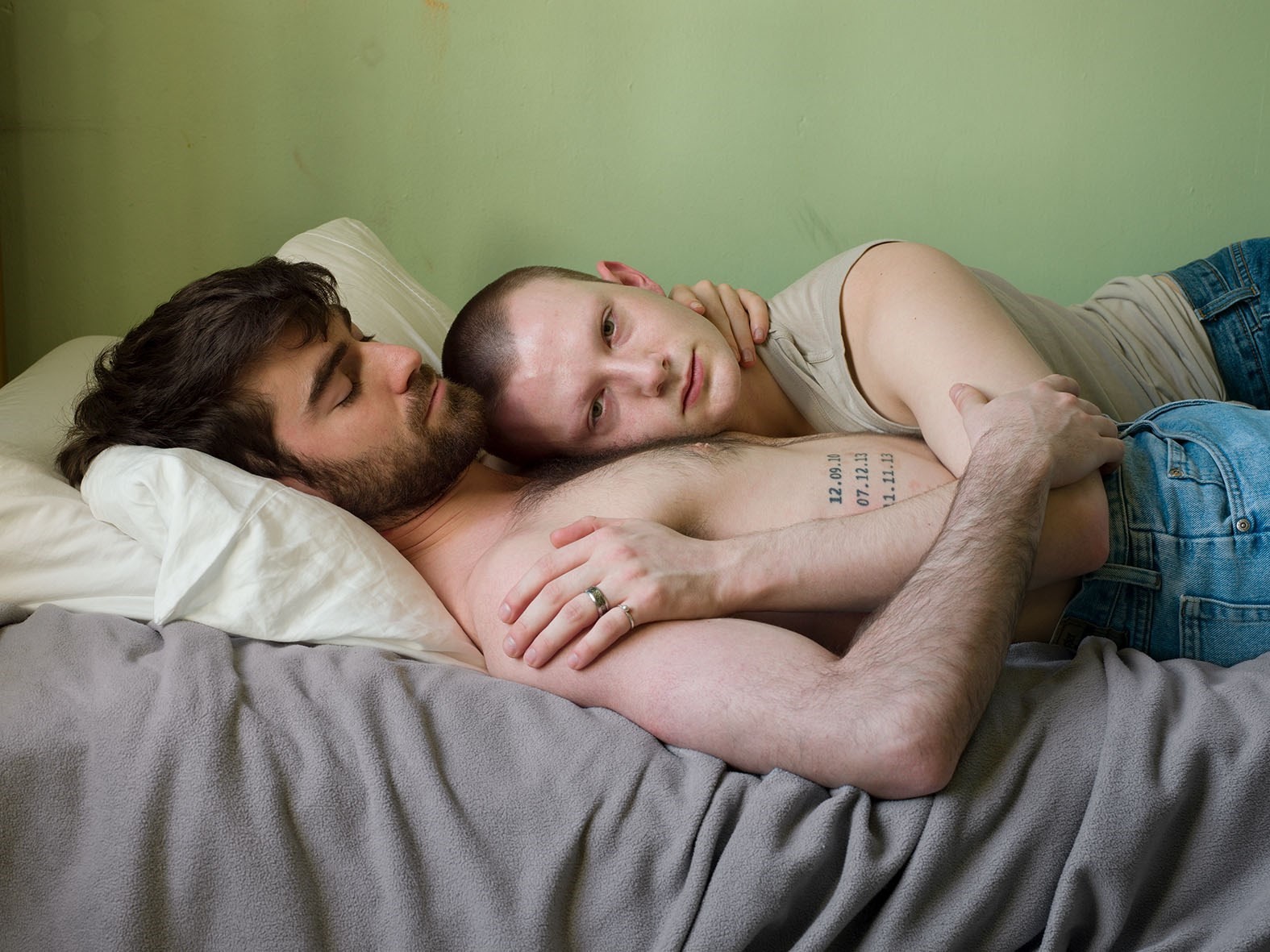
Look at me like you love me by Jess T Dugan
The images in Look at me like you love me – American photographer Jess T Dugan’s latest monograph – were made with questions about love and our pursuit of it in mind. Published by Mack, the book is an exploration of the way our identities are shaped by our relationships, told through a series of pictures of Dugan, their partner Vanessa, and other friends. In addition to its visual storytelling, the book unfolds with text, similarly personal in its content and focus on connection. “I did all of the writing and put together the book during the pandemic, which meant I was in this heightened state of self-reflection,” explains Dugan. “Really mining these questions, like, what keeps us fulfilled as humans? What makes a meaningful life? What role does connection with others play?”
Read AnOther’s interview with Jess T Dugan here.
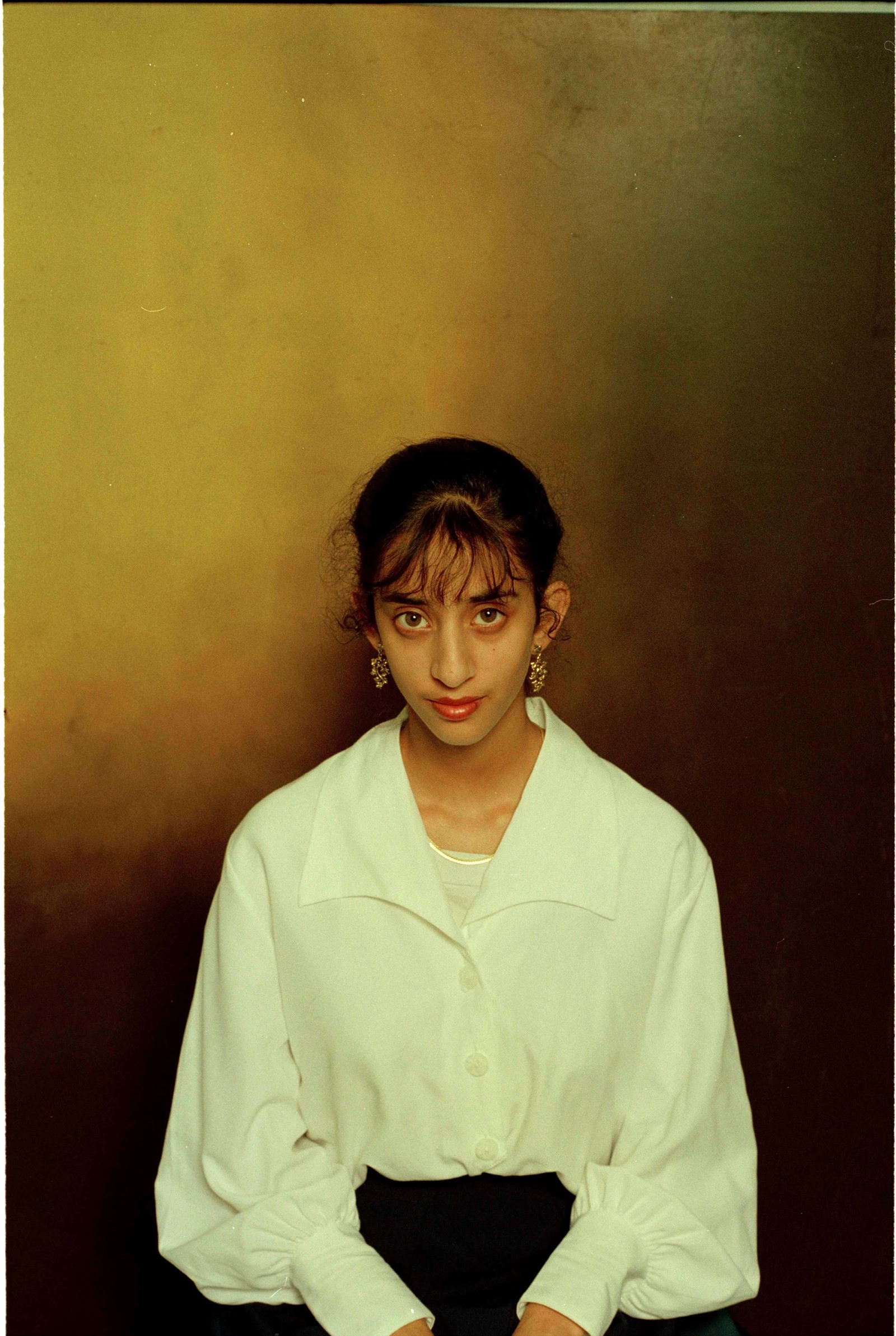
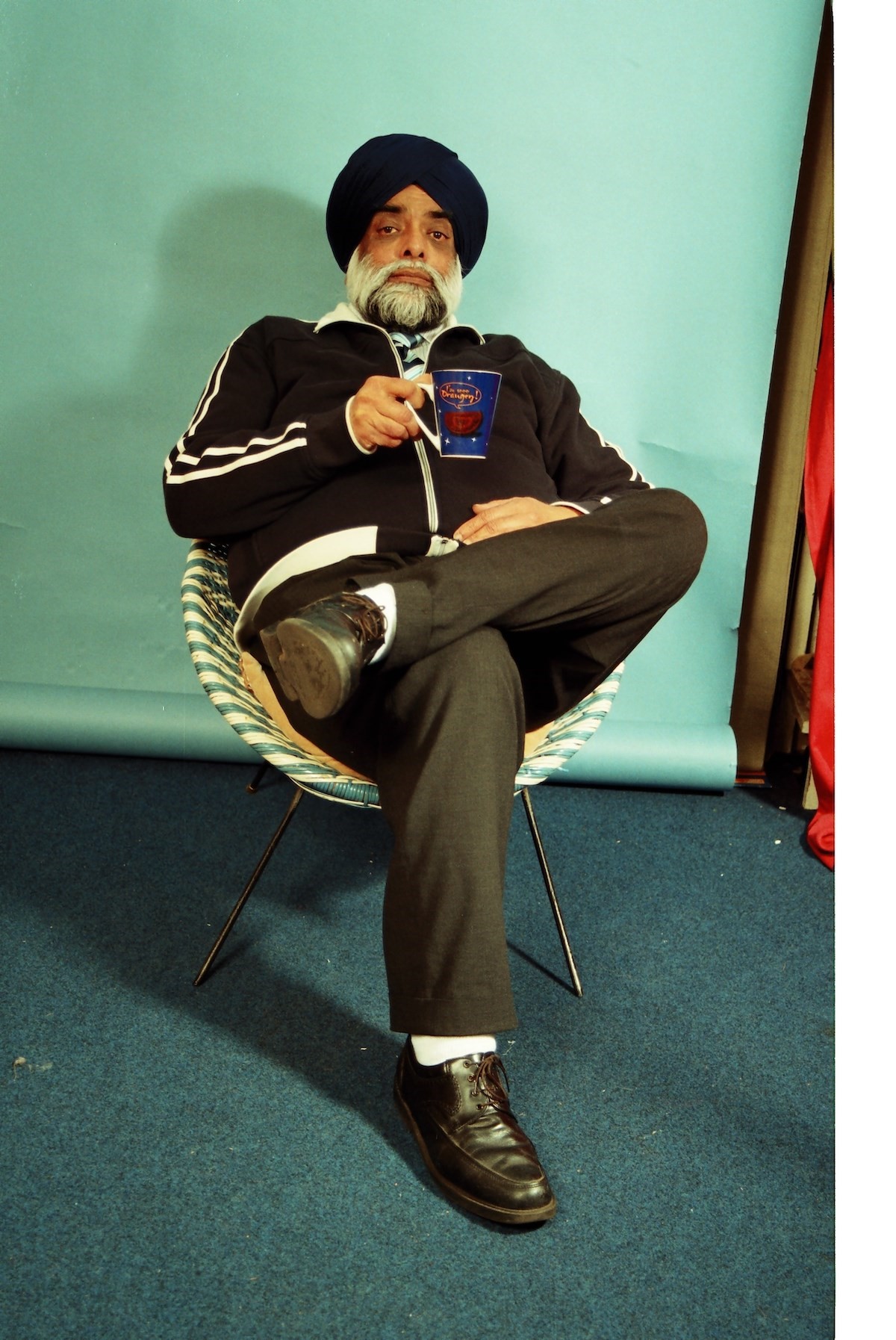
Through the Lens of Masterji by Masterji (Tarla Patel and Compton Verney)
When Tarla Patel was growing up in the West Midlands, her father’s photographic studio was a hub of activity for their local community “Helping with photo albums, holding things, trying to keep the attention of a child, it was just something you got called down to do,” she remembers.” Masterji, her late father Maganbhai Patel, began taking pictures in Coventry in the early 1950s, leaving his full time job in 1969 to open a studio. Five decades later, a solo show as part of the area’s City of Culture bid ensured wider attention and critical acclaim. “It’s about representation,” continues Patel. “I question why I didn’t perceive my dad’s work at an earlier age and honestly, it’s because you didn’t see people of colour [in those gallery spaces].”
Read AnOther’s interview with Tarla Patel here.
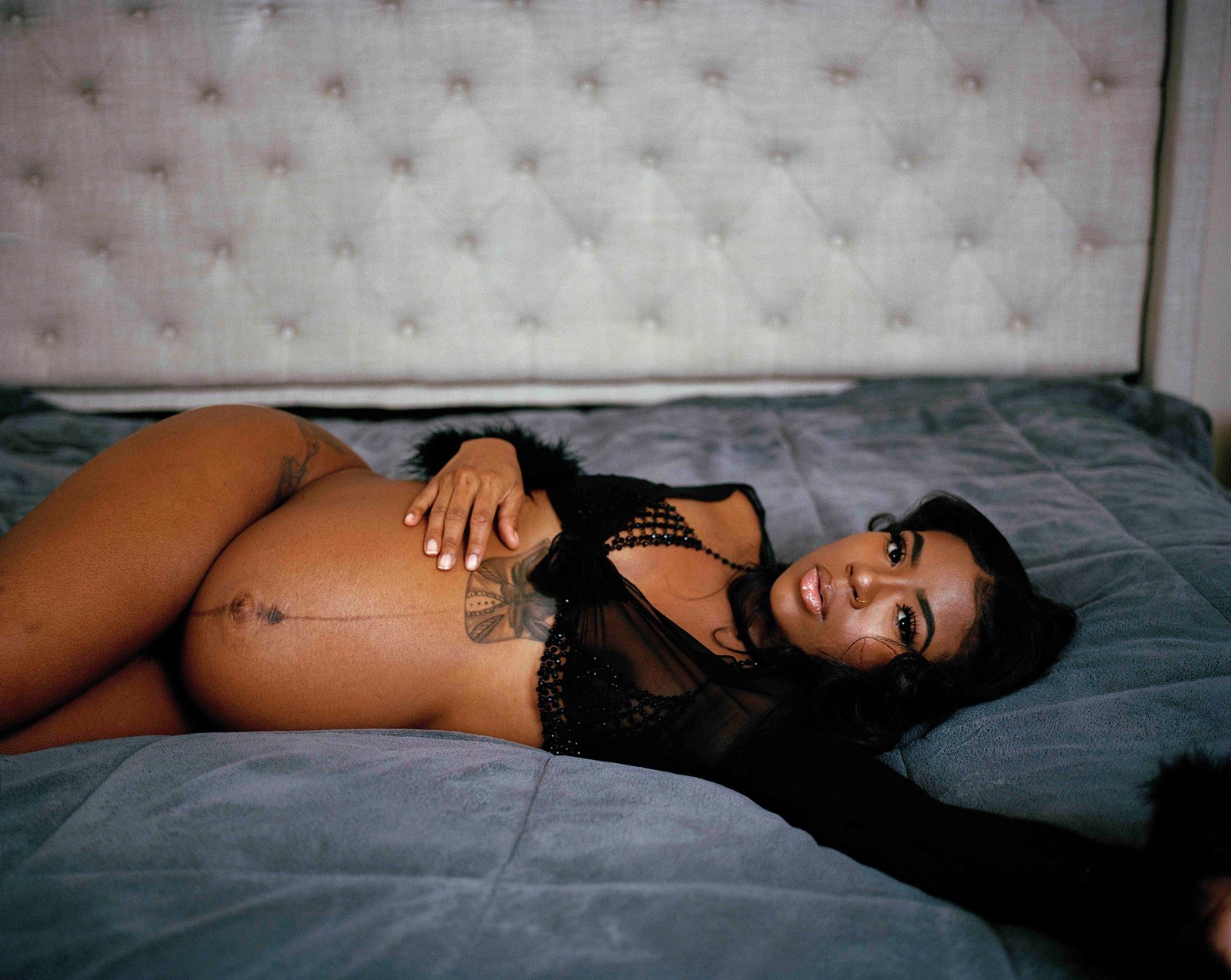
Atlanta Made Us Famous by Hajar Benjida
Magic City is a popular strip club in Atlanta, familiar to hip-hop fans on account of its reputation for launching careers. When Moroccan-Dutch photographer Hajar Benjida began an internship in Atlanta in 2018, she was pleasantly surprised to find the studio bang opposite the club. What followed was Atlanta Made Us Famous, an ongoing portrait series of the club’s dancers, made between the stage and the home. “I wanted to capture motherhood because a lot of the women talked about their children,” she tells AnOther, reflecting on the intimacy that runs through her photographs. “Both parts – their jobs and their home lives – are equally as important.”
Read AnOther’s interview with Hajar Benjida here.

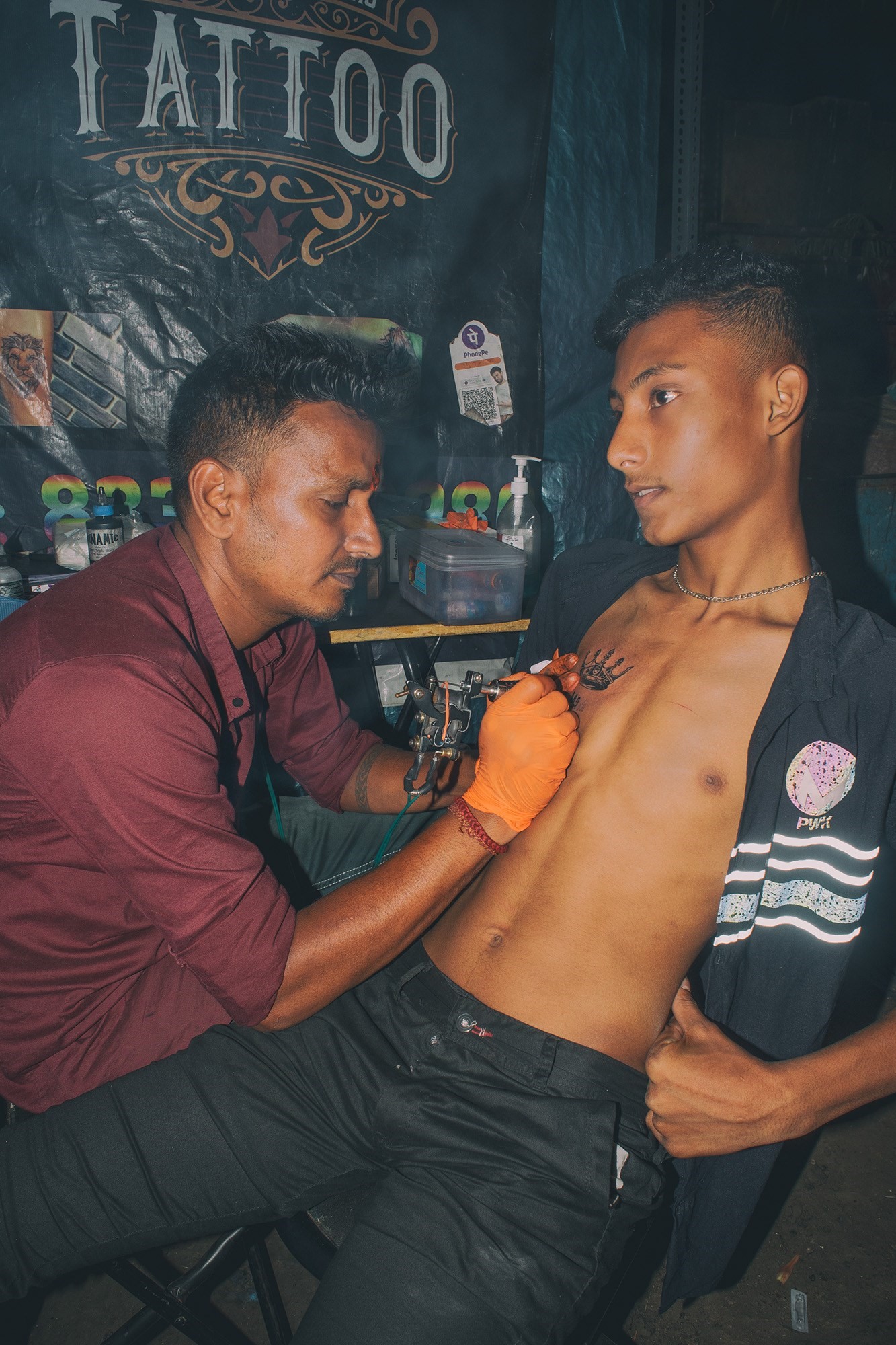
Desi Boys by Soham Gupta
Kolkata-based photographer Soham Gupta’s new series Desi Boys captures a subculture of working-class young men so ubiquitous in modern-day Indian street life they are almost invisible. These are the boys who service laptops while playing South Asian hip-hop from their mobile phones, or hawk fake Gucci sunglasses en route to delivering someone’s dinner, writes Kabir Jhala in his piece for us. They sport tattoos, designer knock-offs, and bleached hair. Sometimes they clutch besotted girlfriends to their muscled torsos, bearing little resemblance to the effete and servile stereotypes that have long dominated popular depictions of South Asian masculinity. In the photographer’s own words: “With Desi Boys, I am trying to capture another side of the Kolkata metropolis, in this case, the unique phenomenon of sartorial choices and grassroots hip-hop movement that have helped disenfranchised young men mostly from Dalit and Muslim communities find an outlet and a voice.”
Read AnOther’s interview with Soham Gupta here.
